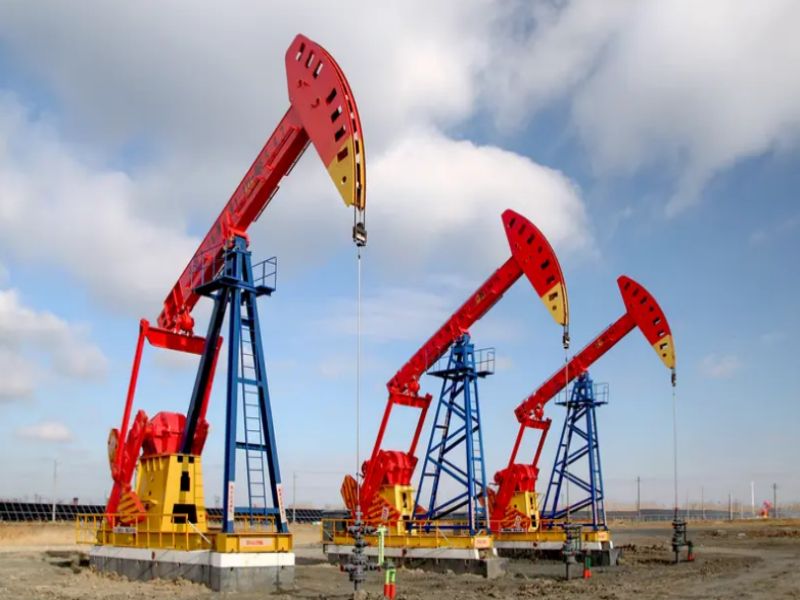Imagine that an oil mine that has been mined for many years is like a well that is about to dry up. When it cannot “carry” crude oil from the depths of the ground to the ground on its own, engineers will activate artificial lift technology to help. This kind of technology is not magic, but the crystallization of human wisdom-it uses external equipment to “pump up” the oil well and let the crude oil flow obediently. Today, let's take a look at how artificial lift works step by step.
Why do you need an artificial lift? The reason is simple. When the oil well is old or the pressure is insufficient, the crude oil will stay at the bottom of the well. At this time, artificial lift appeared. It is like a caring assistant, pushing and pulling crude oil mechanically or energetically. The core of the entire work process is “external energy input”, rather than relying on natural forces. Engineers will choose different artificial lift methods according to the oil well situation, such as common gas injection or pumping unit systems.
So, how exactly does artificial lift operate? Let's start with the simplest principle: it infuses energy underground through ground equipment. For example, in the gas lifting method, engineers use a compressor to pump high-pressure gas into the oil pipe to make the crude oil lighter and easier to rise; In the pumping machine method, the motor drives the metal rod up and down, pumping the crude oil up like a well. Either way, artificial lift requires manual monitoring and adjustment of parameters, such as pressure or speed, otherwise the system will go wrong. The workers in the Daqing oilfield often adjust these settings to ensure the efficient operation of the artificial lift .

The workflow of artificial lift can be divided into several steps:
1. Preparation stage: The engineer first evaluates the status of the oil well and decides which artificial lift equipment to use. For example, a shallow well may use a pumping unit, and a deep well may use gas injection.
2. Energy injection stage: External equipment (such as compressors or motors) starts to work to deliver energy underground. This stage is the core of artificial lift, and the energy must be stable and continuous.
3. Crude oil lifting stage: The injected energy reduces the density of crude oil or provides tension to promote the upward flow of crude oil. The whole process is like inflating a balloon-the more air, the greater the buoyancy.
4. Monitoring and adjustment stage: The workers check the changes in oil volume in real time through the sensors, and adjust the equipment in time. If the air pressure is insufficient or the rod speed is too fast, the artificial lift system may fail, so human intervention is essential.
The advantage of artificial lift lies in its flexibility.In offshore oil fields, when space is limited, engineers will choose a compact gas injection method; In desert areas, oil pumps are more reliable. In either scenario, artificial lift reduces the risk of “strike” in the oil well.
Of course, artificial lift is not once and for all.It needs regular maintenance-the compressor needs to be cleaned, the valve needs to be inspected, and the data needs to be analyzed. Modern technology has made artificial lift smarter, such as using AI to predict failures, but the final decision-making depends on people. This is the essence of artificial lift: It is always an “artificial”-driven engineering system.
In short, the working principle of artificial lift is to help crude oil overcome gravity through external energy and human control. From design to operation, every step depends on human wisdom. When we fill up the fuel tank at the gas station, it is often the silent dedication of artificial lift technology behind it.

